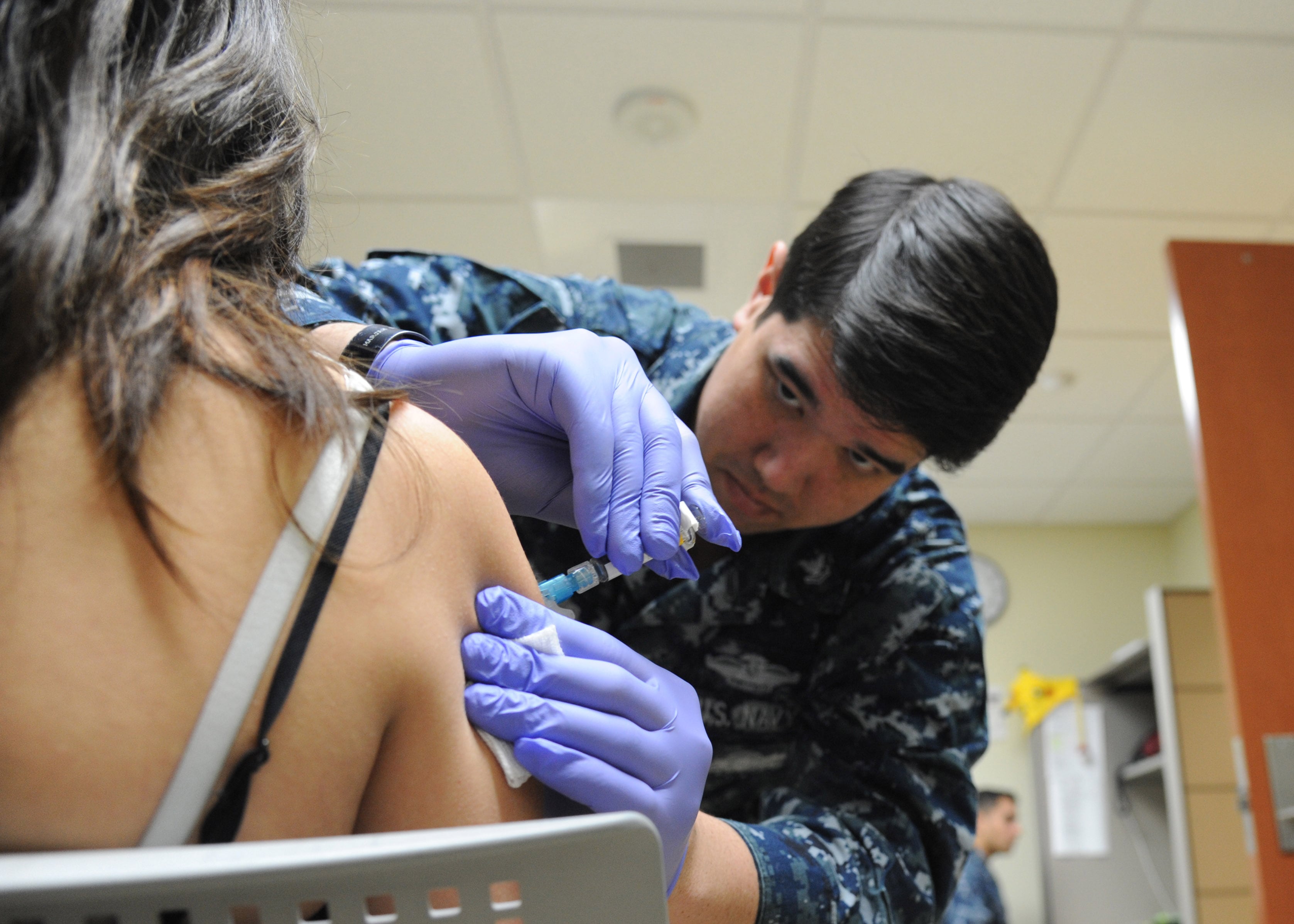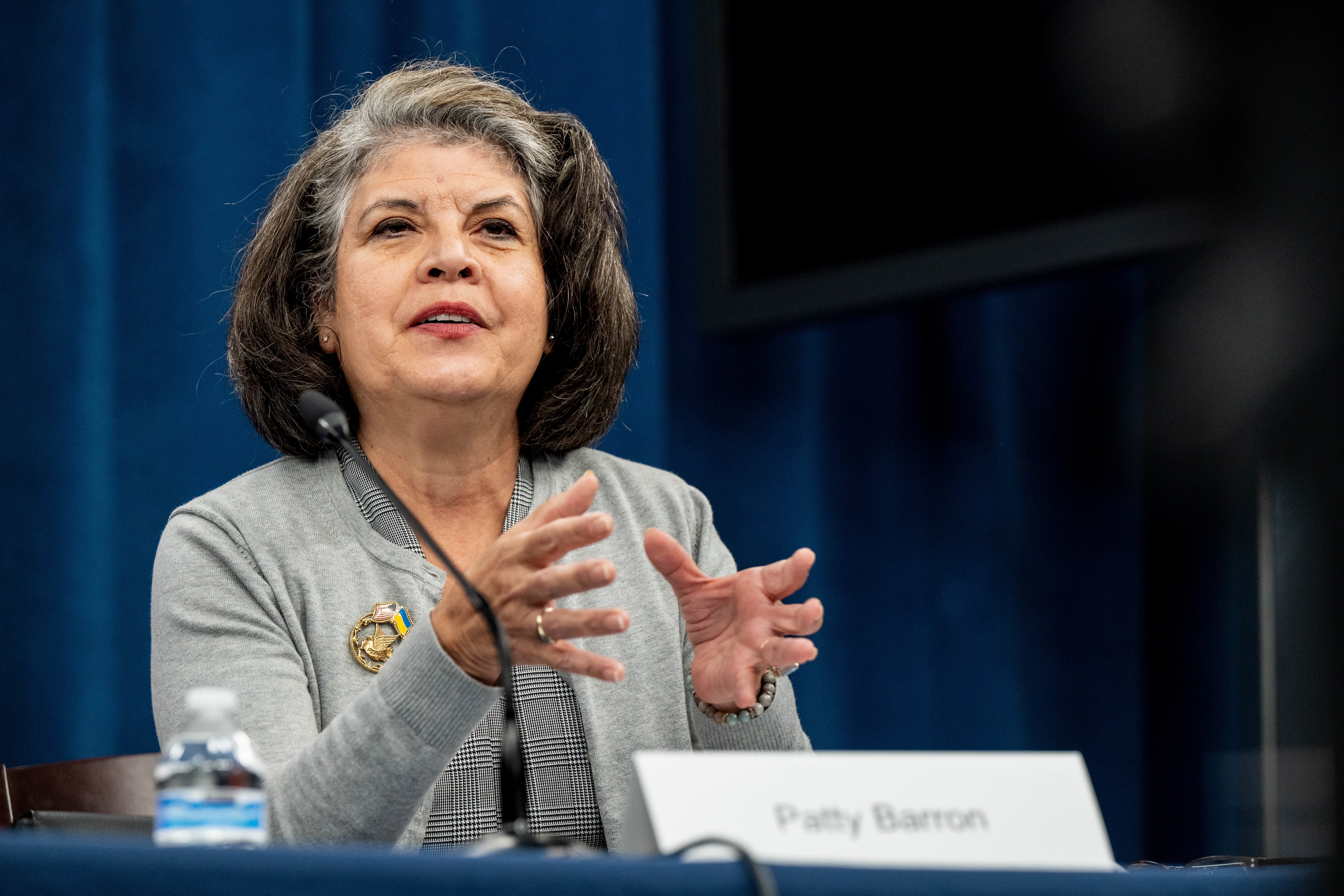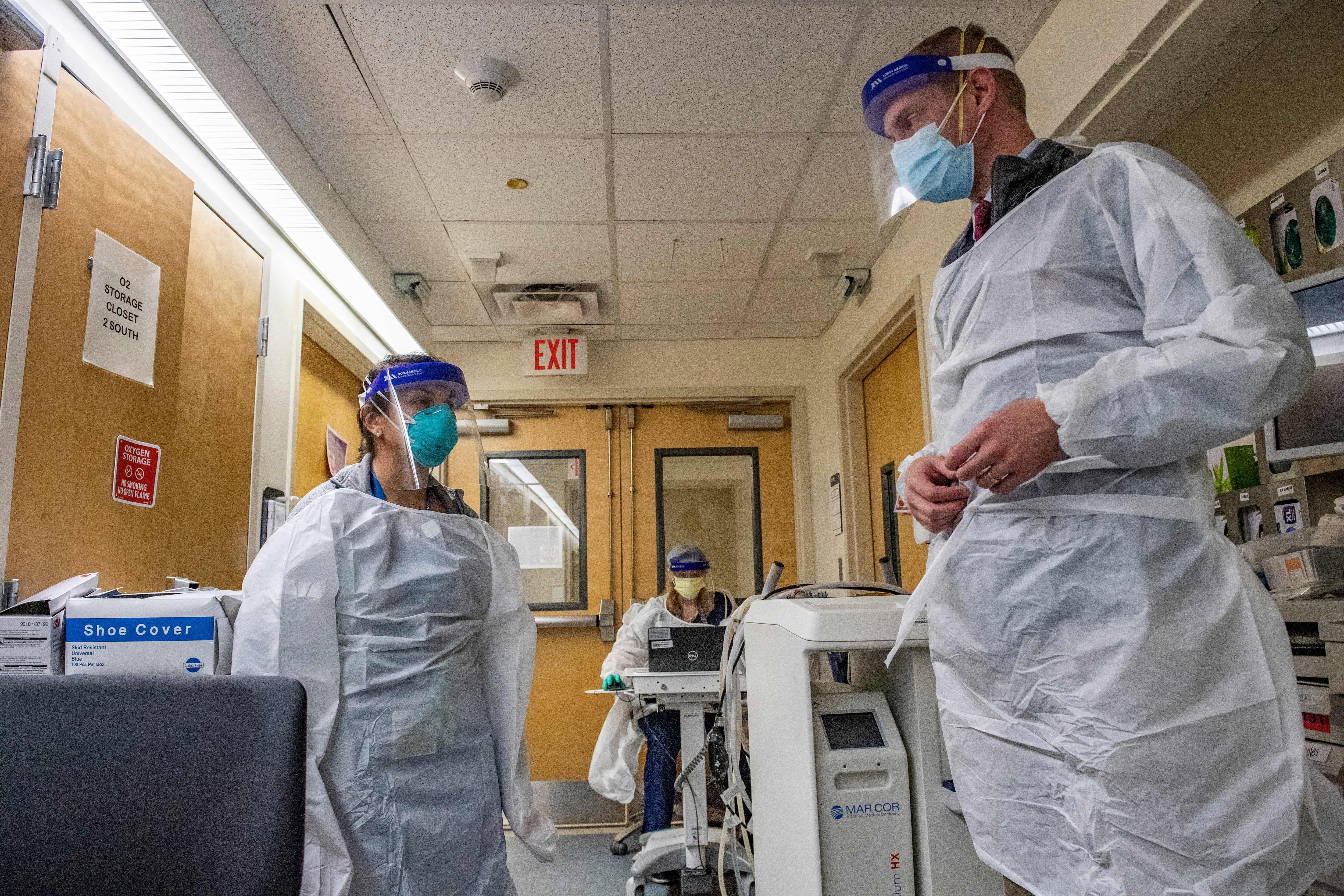Exactly 40 years ago today, a group of Iranian militants seized 98 people at the U.S. Embassy in Tehran — marking the start of what is known as the Iran hostage crisis.
While the hostages were released from captivity 444 days later, an unsuccessful, covert mission known as Eagle Claw to try to rescue the hostages months afterwards is what served as a catalyst for changing special operations forces.
Just ask retired Command Sgt. Maj. Richard Lamb, who was a corporal with the “Hard Rock” Charlie Company that was responsible for conducting the airfield seizure mission inside Iran for Eagle Claw.
“Eagle Claw was the mission that gave birth to the United States Special Operations Command,” Lamb told Military Times in an email.
“The foundation established in the aftermath of Eagle Claw enabled the development of the modern day Special Operations Forces that are the envy of the free world and a threat to any adversary,” Lamb said.
The Iran hostage crisis began on Nov. 4, 1979 after Iranian protesters, outraged that the U.S. had allowed the deposed and pro-American Shah Mohammad Reza Pahlavi to receive medical treatment in the U.S., stormed the U.S. Embassy in Tehran, taking a total of 98 people hostage.
Iran intermittently released some of the hostages in the following weeks, all women and minorities. Nearly five months after the embassy was stormed, then-President Jimmy Carter signed off on a clandestine Eagle Claw mission to try and rescue the remaining 52 hostages.
The April 24, 1980 mission, which required aspects of the Navy, Army, Air Force and Marines, called for eight Navy RH-53D helicopters from the USS Nimitz and several C-130 aircraft to meet at Desert One, a salt flat roughly 200 miles from Tehran.
But the mission was plagued with a series of blows, and was ultimately aborted.
First, two of the eight helicopters were forced to turn back and never made it to Desert One, due to a dust storm. Another helicopter suffered complications upon arrival at the salt flat, leaving only five functioning helicopters available for the mission.
The mission was then aborted because six helicopters were necessary for Eagle Claw.
Even still, calamity ensued. While aircraft were exiting Desert One, a helicopter crashed into a C-130 aircraft and resulted in the deaths of eight U.S. service members.
"That crushing failure at Desert One and its consequences told everyone, despite the enormous talent we had, we hadn't put it together right and something had to be done," retired Lt. Gen. Sam Wilson, a former Special Forces group commander, said in a SOCOM news release in 2017.
Days later on April 26, Iran announced that the hostages would be dispersed throughout Tehran and other areas of Iran to prevent the U.S. from conducting another mission to extract the hostages.
Additionally, Iran found the remains of the eight deceased service members and propped them up at the U.S. Embassy compound in Tehran.
Although the mission was unsuccessful, retired Army Capt. Wade Ishimoto, who served as Delta Force’s intelligence officer for Eagle Claw, said it played a pivotal role shaping the future of special operations in the latter portion of the 20th and now 21st century.
“We didn’t have the capabilities, and the world was changing, the threats were changing,” Ishimoto said, citing smaller conflicts and terrorism as new threats emerging to the forefront.
According to Ishimoto, a substantial increase in air capability like the U.S. has today would have dramatically helped those involved in Eagle Claw. While there were only 20 Air Force special operations aircraft in 1980, there are now over 30 AC-130 gunships alone, Ishimoto said.
“The second major increase has been in our intelligence capabilities,” Ishimoto said. “And that is something from a preparatory standpoint that absolutely is crucial.”
Although Ishimoto said that there was “fairly adequate” intelligence on Iran in 1980, signals intelligence capabilities, human intelligence capabilities and technical intelligence capabilities have all evolved considerably since then.
“Today we have robust intelligence that can be brought to bear against any given area in the world or any given potential problem,” Ishimoto said.
Months after Eagle Claw, the first proactive step taken was establishing the Joint Special Operations Command in 1980, which is designed to study special Operations techniques, interoperability, and plan and conduct special operations exercises and training.
Lamb also noted that the mission was a key factor in establishing U.S. Special Operations Command, which is now based at MacDill Air Force Base in Tampa, Fla.
He cited Adm. J.L. Holloway’s investigation on the mission, which called for a special operations headquarters and to develop joint doctrine and standardized training.
“There was also a pressing need to establish a special operations budget and an acquisition and logistics entity for procurement of Special Operations unique equipment,” Lamb added.
Thanks to an amendment included in the 1987 National Defense Authorization Bill, SOCOM was formed nearly seven years after Eagle Claw on April 16, 1987. The command was specifically designed to organize and train U.S. special operations forces across the various services.
Now, SOCOM boasts an organization of approximately 70,000 people, according to the command.
That might not always be the case though. Lamb predicted that there will be a push to slash resources for special operations forces in the future as the U.S. starts to disengage in areas like Syria and Afghanistan, in order to free up resources for tanks and other equipment for conventional warfare against China or Russia.
But just as Eagle Claw shed light on areas where the U.S. was unprepared to tackle threats, Lamb cautioned against only beefing up conventional warfare resources. Rather, he said it is critical the military is poised to identify “what the future holds when we face peer and near peer adversaries with comparable technologies outside the boundaries of conventional warfare.”
“The enemy will not fight us conventionally, they’ve told us as much,” Lamb said.
“We must always maintain a professional military, trained and equipped for future threats; and recognize the requirement for continued vigilance,” Lamb said.
Although lives were lost during Eagle Claw, Ishimoto says that the mission paved the way for “a major reformation” and now service members are “better trained, better equipped, and better prepared to conduct those kinds of missions.”
“We paid the price,” Ishimoto said. “We lost eight on that mission, but the loss of their lives were not in vain because of where we’re at today.”





